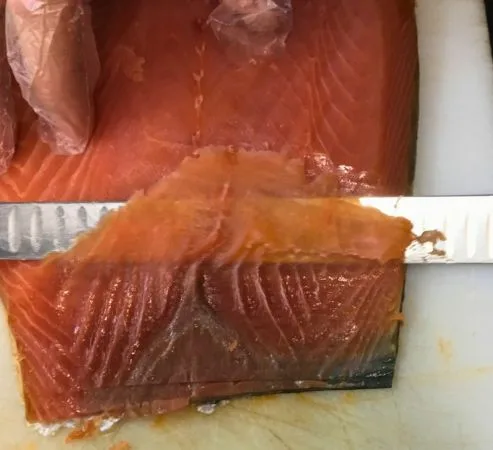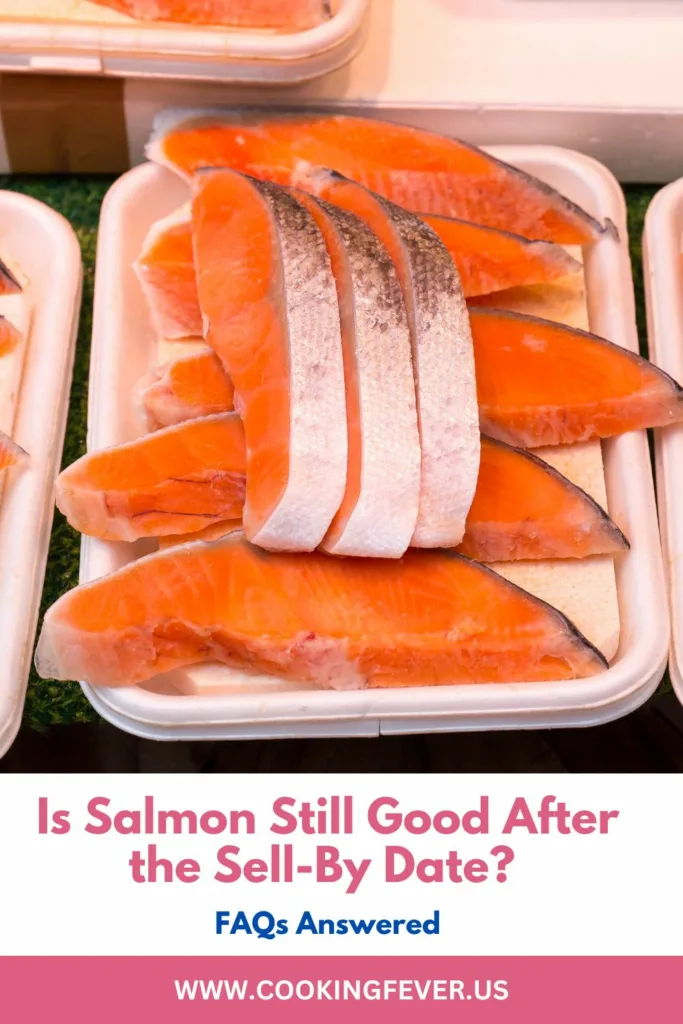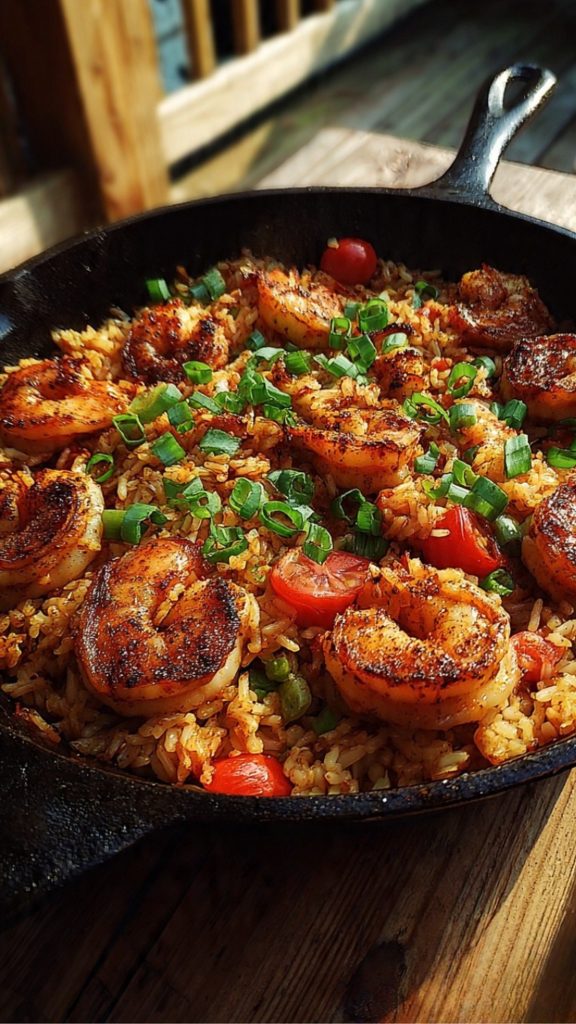Salmon is a popular and nutritious fish that many people enjoy. However, there is often confusion regarding its freshness and safety, particularly after the sell-by date. In this article, we will address common questions and concerns about salmon going bad. We’ll explore how to determine if salmon has gone bad, what spoiled salmon looks like, the difference between sell-by and use-by dates, and the potential consequences of consuming bad salmon. By understanding these factors, you can make informed decisions about the quality and safety of your salmon.
After the sell-by date, you may still be able to consume salmon. The sell-by date is provided by retailers to indicate the last day the product should be displayed for sale. It does not necessarily mean that the salmon is no longer safe to eat. In fact, you generally have one to two extra days to consume the fish after the sell-by date if it has been properly stored in the refrigerator.
However, it’s important to use your senses to determine if the salmon is still good. Check for any signs of spoilage, such as a strong fishy smell, browning of the flesh, a dull or gray appearance, or the presence of a white, filmy residue. If the salmon exhibits any of these characteristics, it is best to discard it.
While the sell-by date provides a general guideline, individual factors such as the quality of the fish at the time of purchase, storage conditions, and handling practices can influence its freshness. It’s always recommended to err on the side of caution and trust your senses when it comes to determining the quality and safety of salmon beyond the sell-by date.
How do I know if my salmon has gone bad?
Click here to get printable version

Determining the freshness of salmon is crucial to avoid any potential health risks. The most reliable indicator of spoiled salmon is its smell. If it emits a strong fishy odor, it is likely no longer good to eat. Additionally, pay attention to the color of the salmon. Fresh salmon typically has a vibrant pink or orange hue. If it starts to turn brown, it is a clear sign that the fish has deteriorated and should be discarded.
What does spoiled salmon look like?

Visual cues can also help identify spoiled salmon. Old or spoiled salmon often appears dull or gray, indicating a loss of freshness. Furthermore, you may notice a white, filmy residue on the surface of the fish, which is another sign of spoilage. Additionally, spoiled salmon will have a mushy or slimy texture, indicating a breakdown in its structure. These visual and tactile changes are indications that the salmon is no longer safe to consume.
Sell-by vs. Use-by Date
Understanding the difference between sell-by and use-by dates is essential in determining the freshness of salmon. A use-by date is a recommendation to consume the fish by that specific date for optimal freshness and minimal risk of foodborne illness. However, a sell-by date provides additional time for consumption. After the sell-by date, salmon can generally be safely stored in the refrigerator for an extra one to two days. It is crucial to note that proper storage conditions, such as refrigeration at or below 40°F (4°C), are vital to maintain the quality and safety of the salmon during this extended period.
What happens if you eat bad salmon?
Consuming bad salmon can lead to food poisoning, resulting from the overgrowth of bacteria or other microorganisms. Symptoms of food poisoning include nausea, vomiting, and diarrhea. Additionally, you may experience headache, dizziness, and fatigue. It is important to seek medical attention if you suspect food poisoning after consuming spoiled salmon, especially if symptoms persist or worsen.
While salmon is a delicious and nutritious choice, it is crucial to understand how to determine if it has gone bad. By relying on your senses, particularly the smell and visual appearance of the fish, you can assess its freshness. Additionally, understanding the difference between sell-by and use-by dates can help you make informed decisions about consuming salmon after the designated date. Lastly, avoiding the consumption of spoiled salmon is vital to prevent the unpleasant consequences of food poisoning. By following these guidelines, you can enjoy salmon safely and make the most of its many health benefits.






